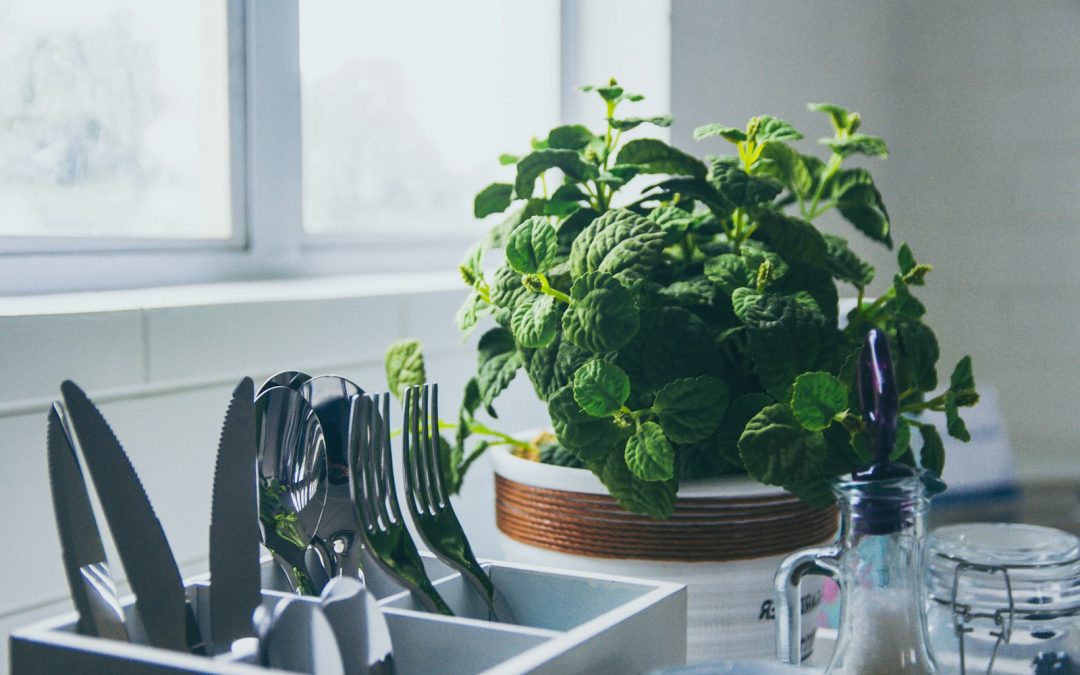Contents
- 1 Easy Indoor Edible Plants You Can Grow Year-Round
Easy Indoor Edible Plants You Can Grow Year-Round
Do you wish you could grow your own fresh food at home, even without a garden? You can! With easy indoor edible plants, you can enjoy homegrown herbs and greens all year long. Indoor gardening is a fun, cost-effective way to add fresh flavors to your meals while creating a lush, green space indoors.
This guide will cover the best indoor edible plants, how to grow them successfully, and care tips to keep your indoor edible garden thriving year-round.
Why Grow Indoor Edible Plants?
- Fresh and flavorful: Enjoy fresh herbs and greens anytime, without going to the store.
- Save money: Reduce grocery costs by growing your own edible plants at home.
- Easy and fun: Many indoor edible plants are beginner-friendly and require minimal care.
- Year-round harvest: Keep harvesting no matter the season.
- Healthier lifestyle: Having fresh greens at home encourages healthy eating and cooking creativity.
- Satisfying hobby: Watching your plants grow and harvesting your own food is incredibly rewarding.
Best Indoor Edible Plants to Grow Year-Round
Basil
Basil is a must-have for any indoor edible garden. It loves warm, sunny windowsills and can be harvested regularly to encourage more growth. Use it in pasta, salads, and sauces. The more you trim, the bushier it gets!
Mint
Mint is hardy and spreads quickly. It thrives in pots indoors and can be used in teas, cocktails, desserts, and even salads. Keep it well-watered and give it indirect light. Its refreshing scent can also act as a natural air freshener.
Chives
Chives are compact and perfect for small indoor spaces. They add a mild onion flavor to dishes and regrow after cutting. Place them in bright light and water consistently. Chives can even produce beautiful purple flowers if left to bloom.
Parsley
Parsley is a versatile herb that grows well indoors. It prefers bright, indirect light and regular watering. Snip leaves from the outside to encourage new growth. Rich in vitamins, it’s perfect for garnishing soups, stews, and salads.
Spinach
Spinach is one of the easiest leafy greens to grow inside. It prefers cooler temperatures and indirect light. Harvest baby leaves continuously for fresh salads, sandwiches, or smoothies. It’s packed with iron and other nutrients.
Lettuce
Lettuce grows fast and can be harvested leaf by leaf. Place it in bright, indirect light and keep the soil moist. Perfect for fresh sandwiches and salads. Choose cut-and-come-again varieties to enjoy multiple harvests.
Thyme
Thyme is a hardy herb that grows well indoors. It needs plenty of sunlight and well-draining soil. Its earthy flavor is great for stews, roasted vegetables, and marinades. Plus, it has natural antibacterial properties.
Care Tips for Indoor Edible Plants
- Light: Most indoor edible plants need 6-8 hours of bright, indirect sunlight. If light is limited, consider using a grow light to ensure healthy growth.
- Watering: Keep the soil consistently moist but not soggy. Overwatering can lead to root rot. Always check moisture before watering.
- Soil: Use high-quality potting soil that drains well and contains organic nutrients.
- Fertilizing: Use an organic, balanced fertilizer every few weeks to support healthy, continuous growth.
- Harvesting: Regular harvesting encourages new growth and keeps your plants productive. Don’t be afraid to trim often!
- Pest control: Check for common indoor pests like aphids or spider mites and treat promptly if found.
Decorating with Indoor Edible Plants
- Place herbs like basil and mint on kitchen windowsills for easy access while cooking.
- Use decorative pots to match your kitchen or dining area style.
- Create a mini indoor herb garden on a tiered stand to save space and add visual appeal.
- Incorporate leafy greens like spinach or lettuce into living room plant displays for a unique twist.
Frequently Asked Questions
Can I grow indoor edible plants without natural light? Yes! You can use LED grow lights to supplement or replace natural sunlight. Many indoor gardeners use grow lights to keep plants healthy year-round.
How long do indoor herbs last? With proper care, many herbs like basil, thyme, and parsley can keep producing for months or even longer.
What size pot should I use? Use pots that allow good drainage and are large enough for root growth. Most herbs do well in 6–8 inch pots, but larger leafy greens may need bigger containers.
Are indoor edible plants safe for pets? Most culinary herbs are safe in small amounts, but always check specific plant safety if your pets are prone to nibbling.
Recommended Product
Outbound Resource
Learn more about growing indoor edibles in this RHS guide to indoor edible gardening.
Final Thoughts
Growing indoor edible plants is an amazing way to bring fresh flavors into your home all year long. Even if you don’t have a garden or balcony, you can enjoy a mini harvest right on your kitchen windowsill. It’s not just about food — it’s about creating a green, inspiring space that boosts your mood and your meals.
Start your indoor edible garden today and transform your cooking and living space with fresh, homegrown herbs and greens. Your future self (and your taste buds) will thank you!

